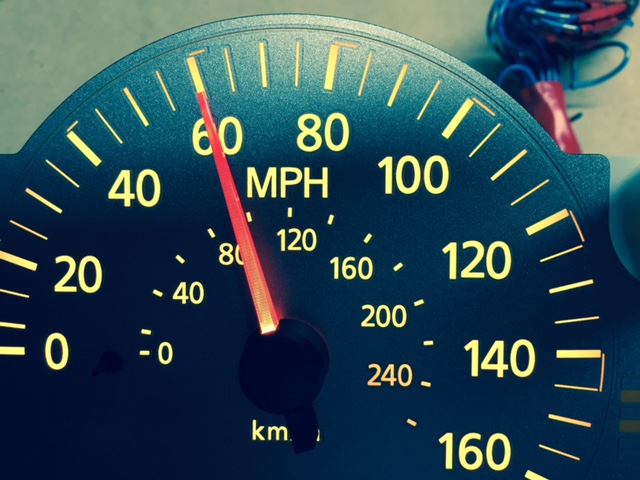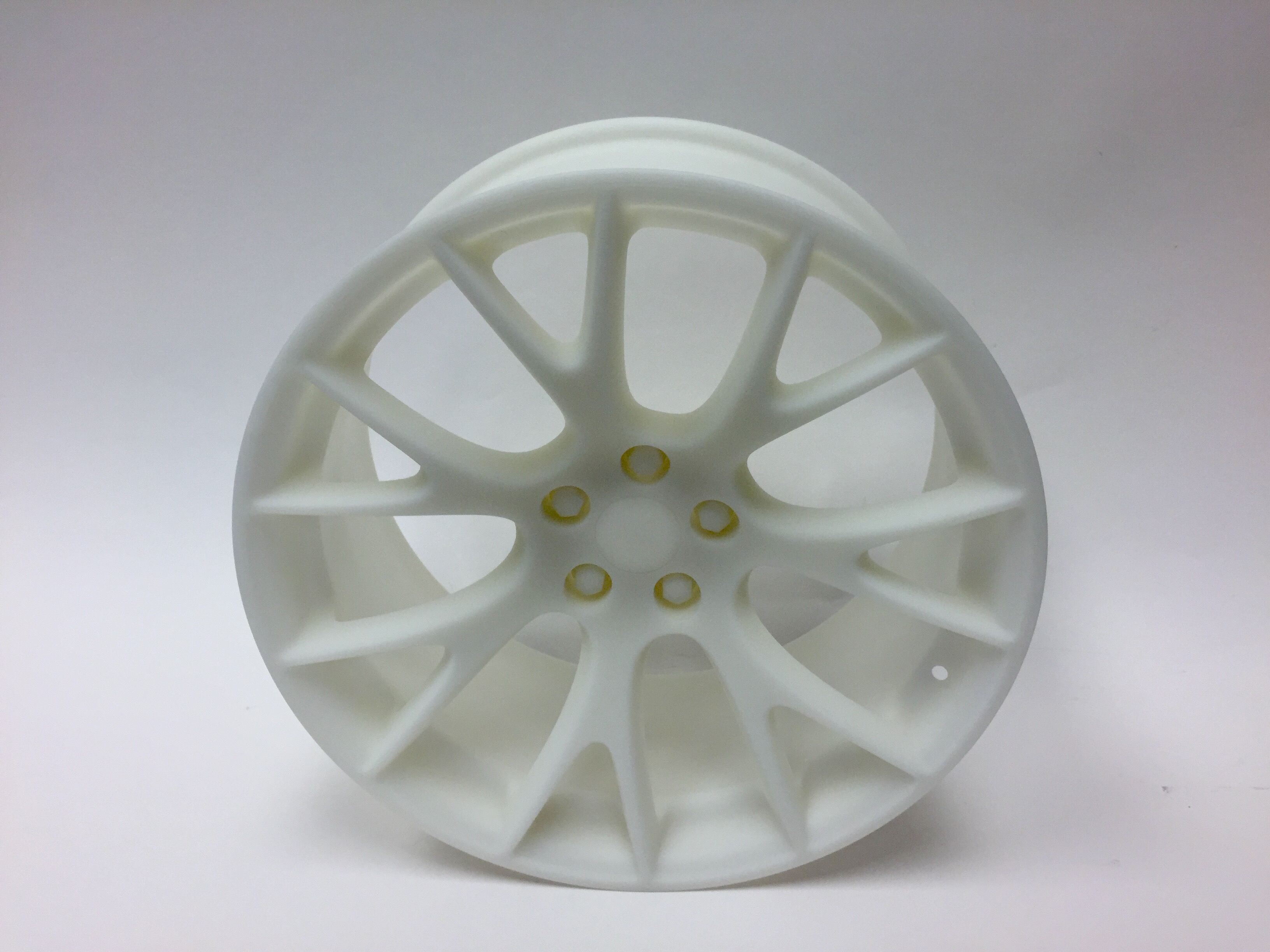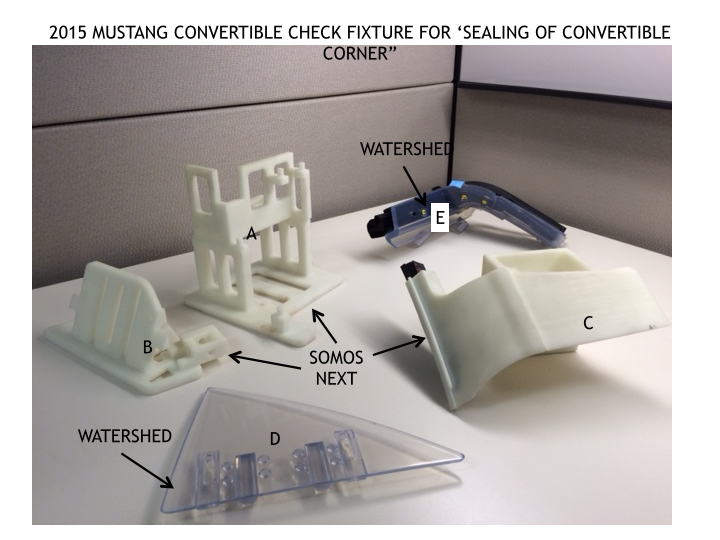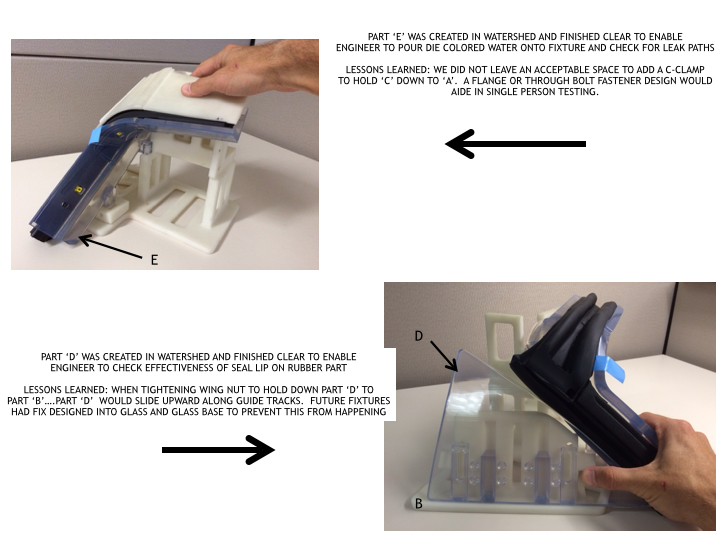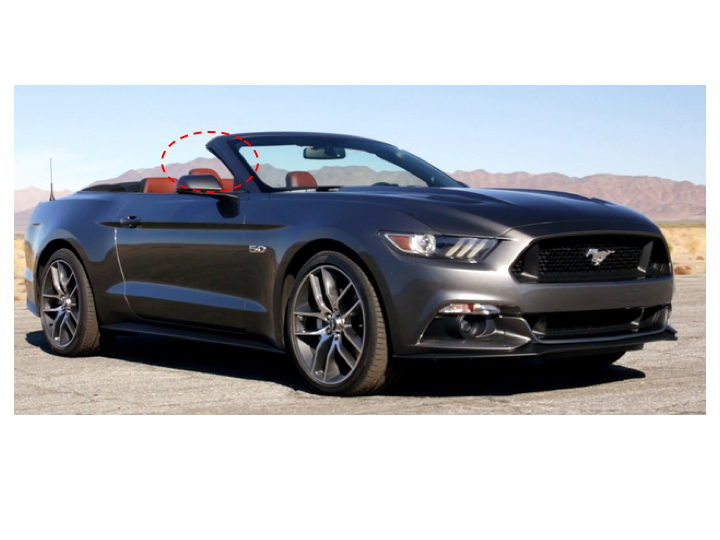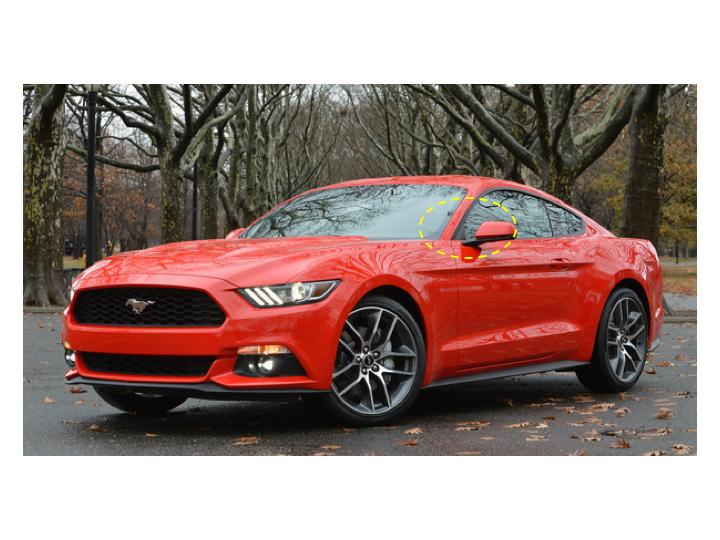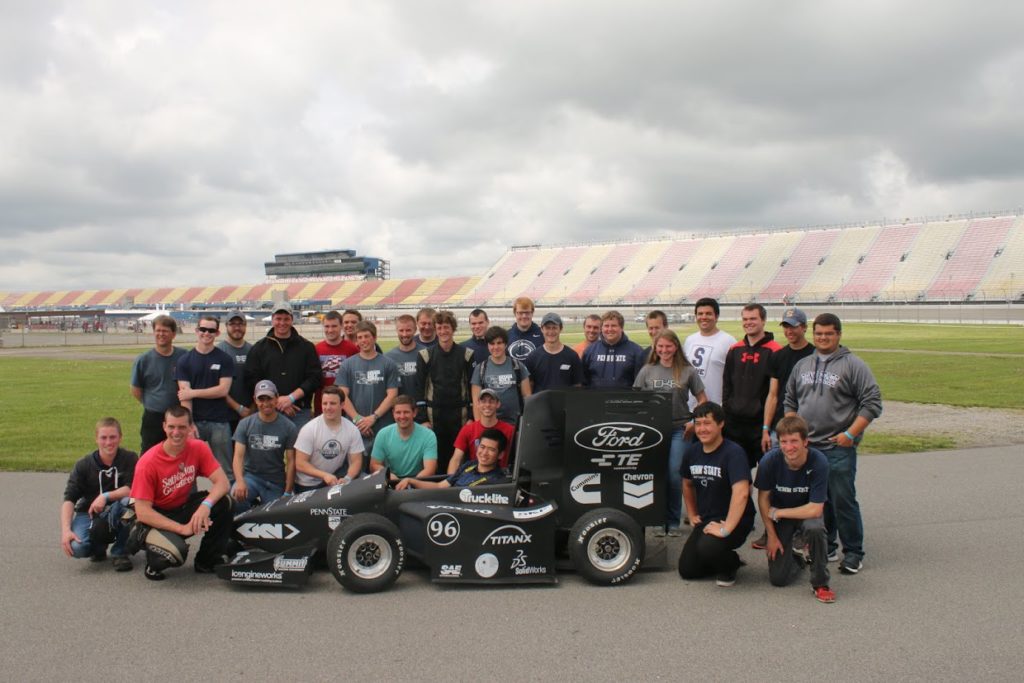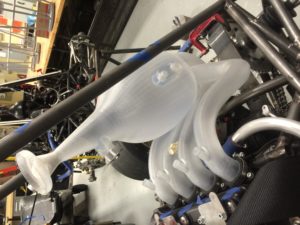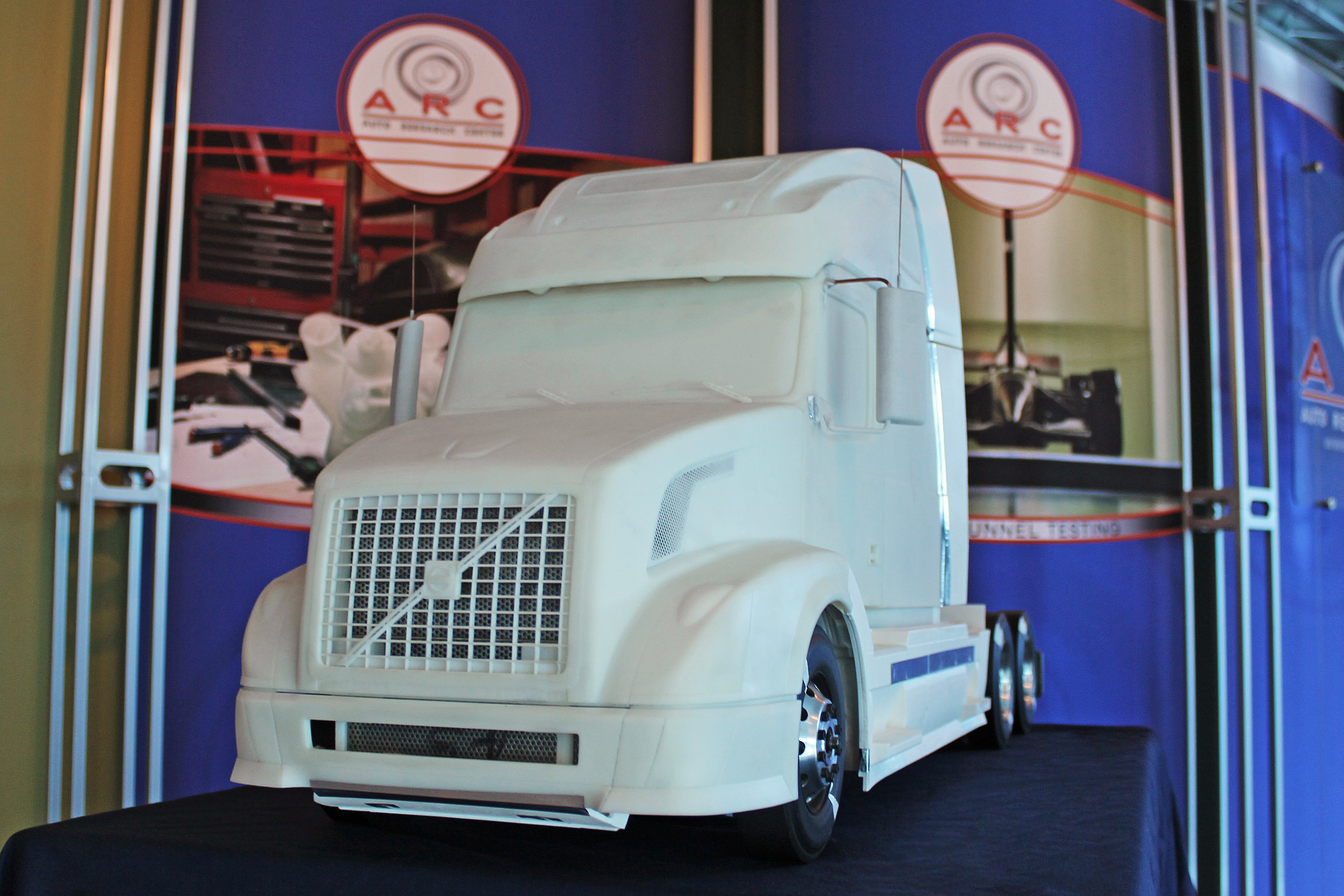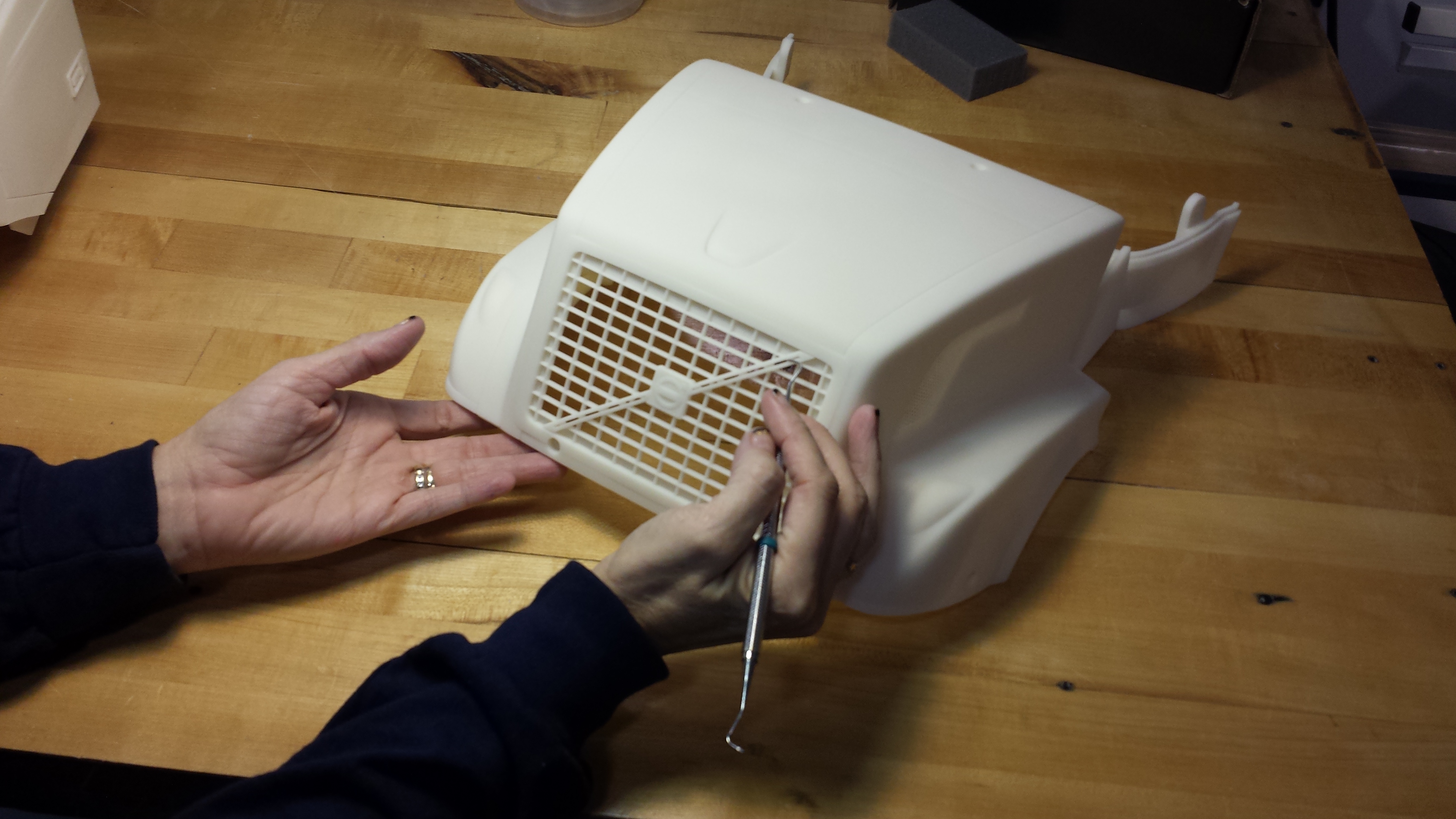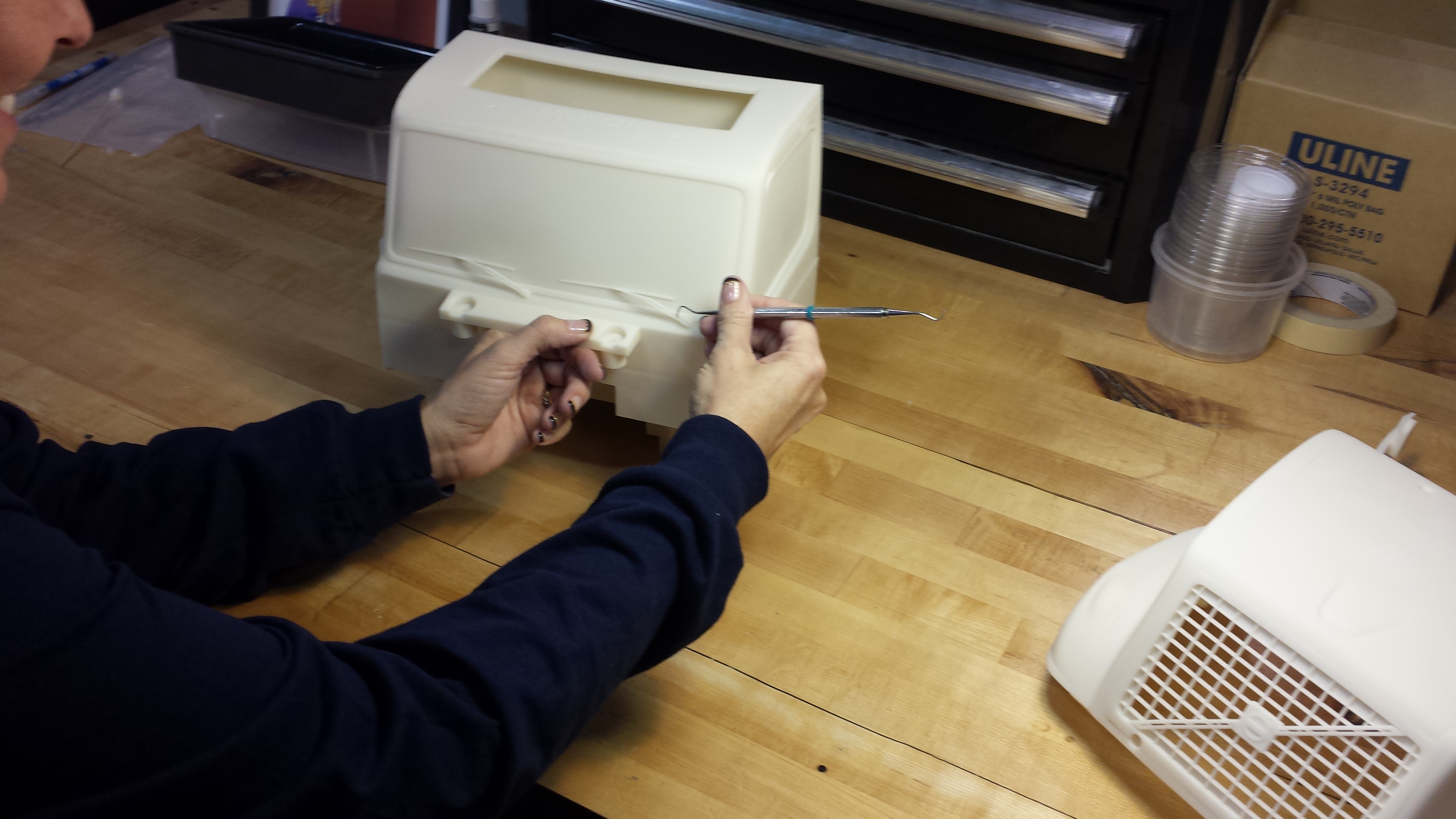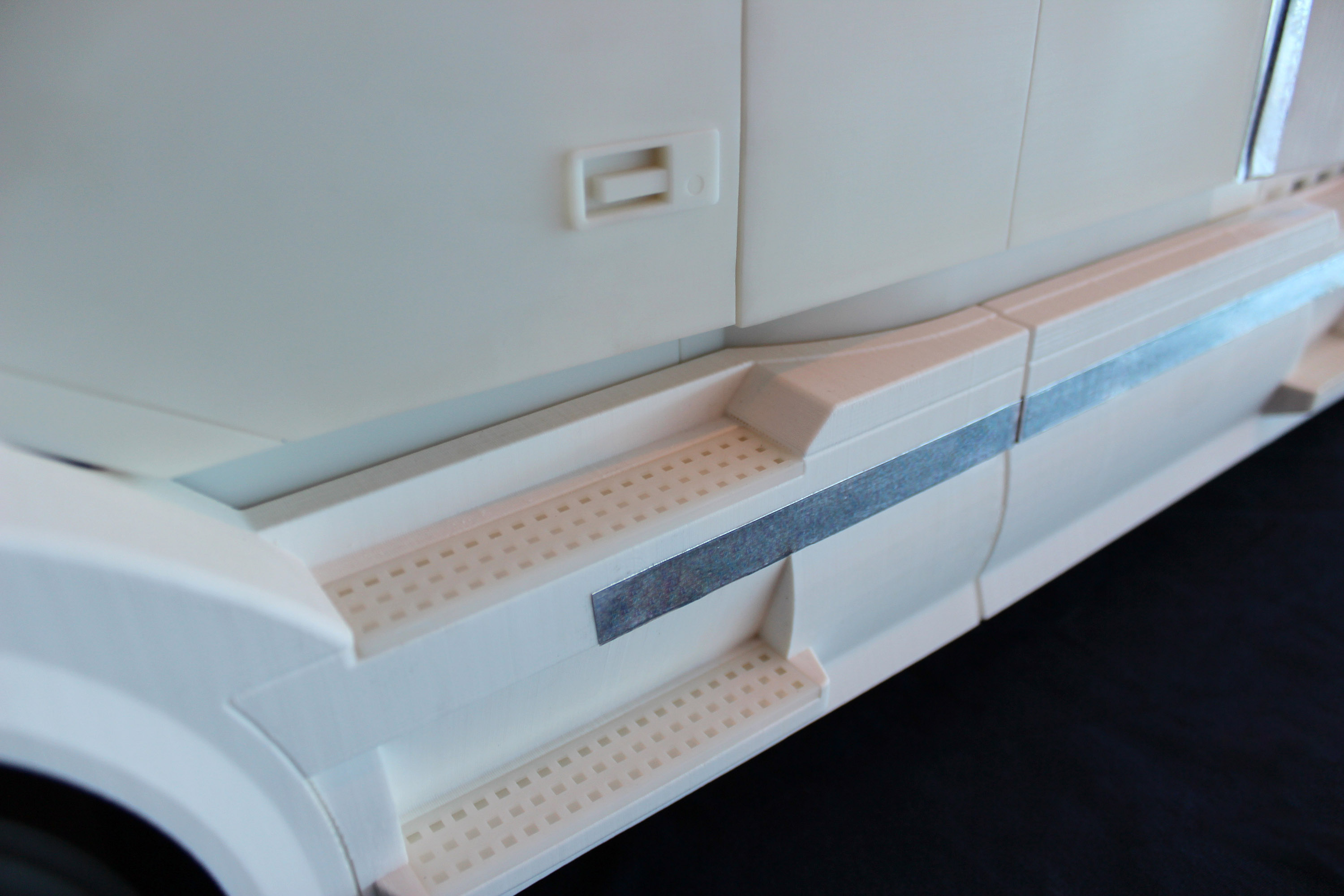Realize, Inc. partners with Calsonic Kansei to create new parts for vintage vehicles.
Realize has been helping a company to fulfill the needs of a client in looking for replacement parts of vintage instruments in older vehicles. This required team work between the two organizations to come up with the right solutions to get the needed results from the parts. Our team used our collective knowledge about SLA and 3D Printing to find the right answers and provide the right look and feel to make their customers satisfied.
Alan Conlu, Sales Manager at Realize, was thrilled to be working on this project with Calsonic Kansei.
“We were excited about the challenge Calsonic Kansei presented us with this unique project. Upon hearing about their intended use as OEM(original equipment manufacturer) parts and after some initial test runs, we were glad to hear that painted SLAs were going to work as suitable replacements parts. Over the years, we’ve worked closely with their team to perfect our process in order to match the quality and look of the original parts. They have been a valued client ever since and we hope to continue to work with them in any way we can.”
We talked with Geoff Lackey, Sr. Manager Purchasing Department at CKNA about the experience working with Realize.
“Providing service parts for OEM’s is somewhat difficult at times, because there are several issues to contend with; tooling that is no longer available or has no life left. Finding alternate or new suppliers and tooling is equally difficult due to lack of interest from potential suppliers for low-volume parts, as well as internal funding issues for new tooling. However, our customers prefer to hear what we can do, not what we cannot do. So we reached out to Realize, Inc., not knowing whether the type of service they provide could solve our issues. But we ordered some samples, trialed them, received customer approval, and have not only shipped replacement parts to customers who were waiting on their vehicles to be repaired, but are now using SLA parts from Realize, Inc. to fulfill these ongoing service orders. Specifically, we manufacture instrument clusters for a major Japanese OEM, and Realize, Inc. has helped us maintain our on-time delivery rating with this customer. We appreciate the solution they provide!”
For Realize these are the types of stories we like to share. Just a small example of what makes our job so exciting and fulfilling. Working together with a client to make what was difficult and challenging a reality. Advancing excellence!
 3D Printing/Rapid Prototyping & Manufacturing
3D Printing/Rapid Prototyping & Manufacturing